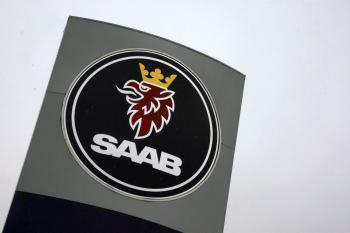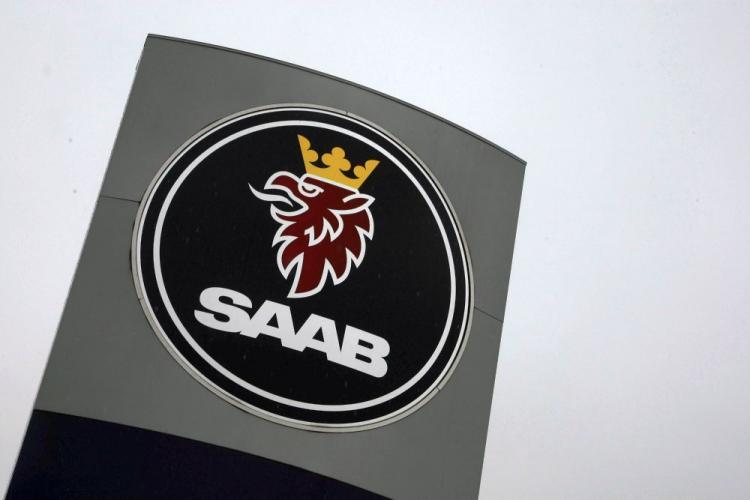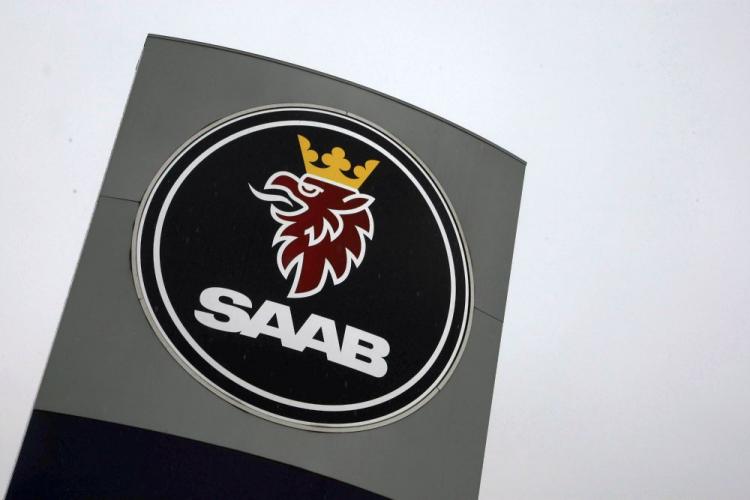When companies merge, it is important to focus on the issue of the brand, according to an analysis from the University of Gothenburg School of Business. In the auto industry, this has traditionally been a strategic issue to resolve prior to any takeover.
In the car industry, the issue of the brand has been a strategic one, when it comes to acquisitions and mergers since the mid-1980s. When Saab was acquired by General Motors Co. (GM) in the early ’80s, opinions differed between the Americans and the Swedes as to how the brand should be handled.
When GM became the owner, there were the advantages of large-scale production, but by using the same platforms and motors, the cars became too similar when given common functions. The distinctive trademarks of Saab gradually disappeared, according to Eva Ossiansson, a researcher at the University of Gothenburg.
To create a demand for niche products, cheaper models were developed with no regard to the “Saab legacy.” It became unclear what was unique about Saab and customers interpreted this as a reduction in the luxury features from Saab’s premium models. The Saab brand was, quite simply, devalued under GM leadership through the strategy of lowering the price.
Capitalization of brands by corporate giants has been well documented. A similar thing happened to Jaguar when it was acquired by Ford Motor Co. Premium cars must be treated as such by the new owners and not be handled like mass-produced cars.
Studies have shown that customer focus and development of the market are most effective, rather than slashing costs and chasing production advantages. These issues should be handled before a merger or acquisition takes place. Without strong brands, the car industry will have trouble surviving, Ossiansson stated in her study.
The multinational car industry in the United States has premium brands, but most are acquired rather than self-developed. The Japanese car industry, on the other hand, has developed luxury brands of its own and has not seen the type of problems that have afflicted the American automakers in managing luxury brands.
In the car industry, the issue of the brand has been a strategic one, when it comes to acquisitions and mergers since the mid-1980s. When Saab was acquired by General Motors Co. (GM) in the early ’80s, opinions differed between the Americans and the Swedes as to how the brand should be handled.
When GM became the owner, there were the advantages of large-scale production, but by using the same platforms and motors, the cars became too similar when given common functions. The distinctive trademarks of Saab gradually disappeared, according to Eva Ossiansson, a researcher at the University of Gothenburg.
To create a demand for niche products, cheaper models were developed with no regard to the “Saab legacy.” It became unclear what was unique about Saab and customers interpreted this as a reduction in the luxury features from Saab’s premium models. The Saab brand was, quite simply, devalued under GM leadership through the strategy of lowering the price.
Capitalization of brands by corporate giants has been well documented. A similar thing happened to Jaguar when it was acquired by Ford Motor Co. Premium cars must be treated as such by the new owners and not be handled like mass-produced cars.
Studies have shown that customer focus and development of the market are most effective, rather than slashing costs and chasing production advantages. These issues should be handled before a merger or acquisition takes place. Without strong brands, the car industry will have trouble surviving, Ossiansson stated in her study.
The multinational car industry in the United States has premium brands, but most are acquired rather than self-developed. The Japanese car industry, on the other hand, has developed luxury brands of its own and has not seen the type of problems that have afflicted the American automakers in managing luxury brands.




